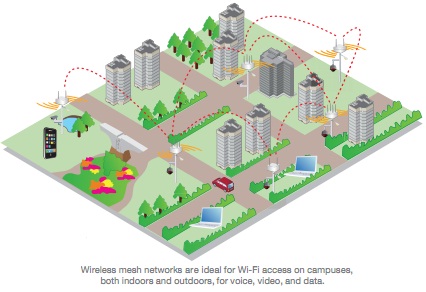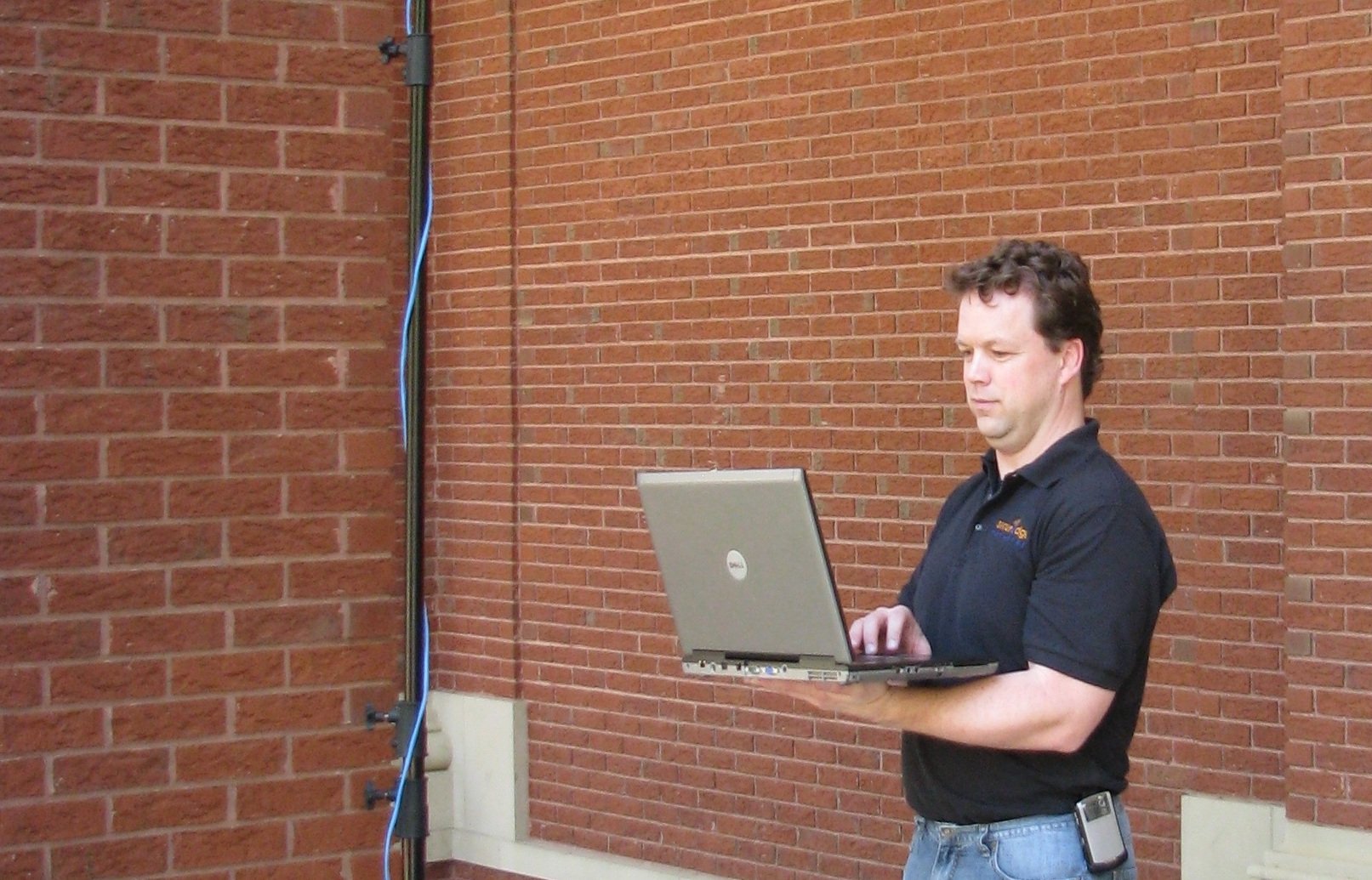
Hospital Wireless Networks have drastically improved over the past several years. Hospitals have gone from carrying a hospital WiFi network as a nice "add-on" feature to wireless networking being indispensable.
This indispensable wireless network now carries the tasks of carrying an increasing amount of traffic, devices and users than ever imagined.
As technology increases, hospital wireless network planning must be with not just the current demand in mind, but the future needs of the hospital wireless network also.
why-hospitals-need-a-better-strategy-to-secure-patient-data
By the nature of the business, hospital's demand an effective wireless network that can support a wide variety of devices and users.
A hospital's wireless network becomes their primary network. Nurses, doctors, devices, patients and equipment are constantly moving throughout the campus.
Tracking devices via wireless radio frequency identification (RFID) should be a huge part of a hospital operation, as well as installing a wireless network that can support the many different users and devices in use.
If you are planning a hospital wireless network, there are many different variables and considerations you must take. A wireless network must not only enable guests and patient internet access, but also be able to securely transport data files such as:
- Basic images
- Voice over Internet Protocol (VOIP)
- Electronic health records (EHRs)
- Wireless RFID-based real time location systems (RTLS)
Hospital wireless networks carry a wide variety of traffic, so distinct policies must be applied to different users to separate the traffic, whether it is patient or guest acess, medical records, medical equipment, wireless RTLS data, staff devices or more.
When planning a hospital wireless network, it must be designed at a high industrial level strength that can meet the current and future wireless network demands. Improper design that causes a redesign is a risky, costly alternative no hospital should undertake.
Many hospitals are implementing wireless RTLS to track expensive equipment such as:
- Workstation on Wheels (WOWs)
- Computers On Wheels (COWs)
- infusion pumps
- X-ray machines
- Monitoring devices
Any RTLS implementation must assume a steady increase in the number of devices to be tracked. Planning for the future is a major step in designing a hospital wireless network. One example of future planning is designing a hospital wireless network that currently tracks 8,000 tagged devices but will cover 12,000 tagged devices next year, increasing in the years after.
Although there is an increasing need and reliance on wireless networks, hospitals must also consider a high-bandwidth wired network. Wired networks and LAN provide essential redundancy for a hospital wireless network, allowing for high-resolution medical images to be transferred and other advantages.
SecurEdge Networks designs wired and wireless networks for hospitals, schools and large enterprises.
Are you planning a hospital wireless network? Let us help you design a wireless hospital network built for your current and future needs. Contact us here to see how we can analyze and optimize your current network today.






